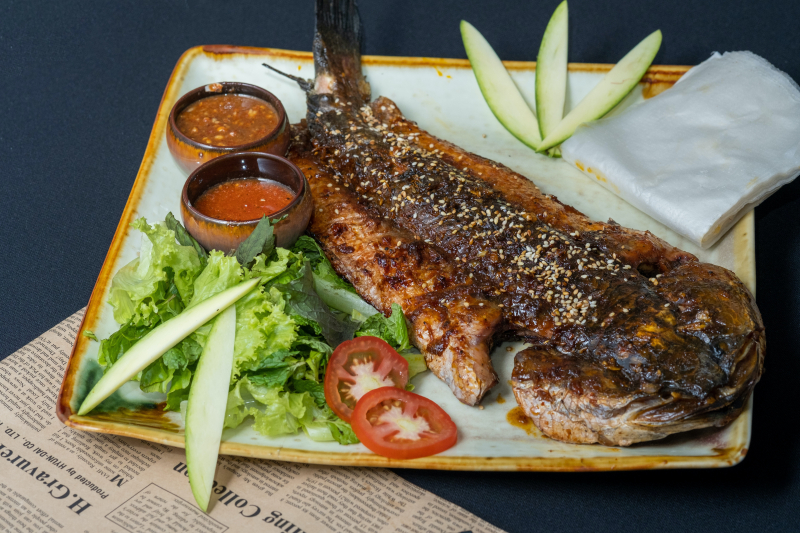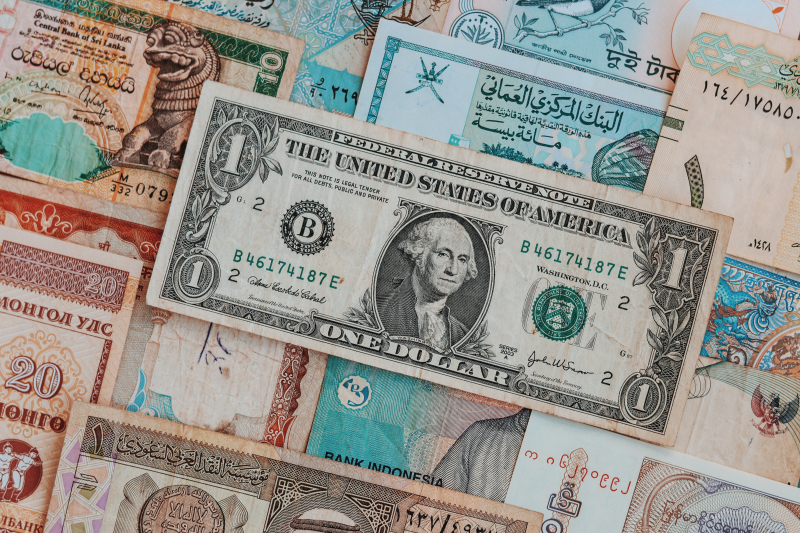Food Shortages
It makes sense that feeding the population with food thus late in the conflict would be challenging. In addition to reducing the flow of supplies due to the Union navy's blockade, the Union soldiers also purposefully interfered with rail systems and other modes of transportation in order to hamper the war effort. In fact, the New York Times began highlighting how much more expensive food was in Southern cities than it was in Northern ones as early as June 20, 1861, just a few months into the war.
For example, a bushel of corn cost $0.56 in New York City while it cost $0.70 in Memphis, and a barrel of pork cost $17.50 in Philadelphia while it cost $26 in New Orleans. As the war dragged on, this inequality only grew worse, especially after the Confederates began printing money in large quantities and hyperinflation set in, leading to bread riots in places like Richmond, Virginia, the Confederate capital.
The Southerners first believed that their agricultural economy would enable their separation and cause the North to go hungry. Contrary to popular belief, Union farms used two-thirds of all farm machinery, and a considerably more robust infrastructure allowed for speedier distribution before food rotted. This is because Southern farmers' reliance on slave labor had reduced their motivation to mechanize. The Union benefited from advantages like 80% of wheat output and almost as much oat production as a result. Hence, at a time when the Confederate most needed innovation, slavery stifled it.












